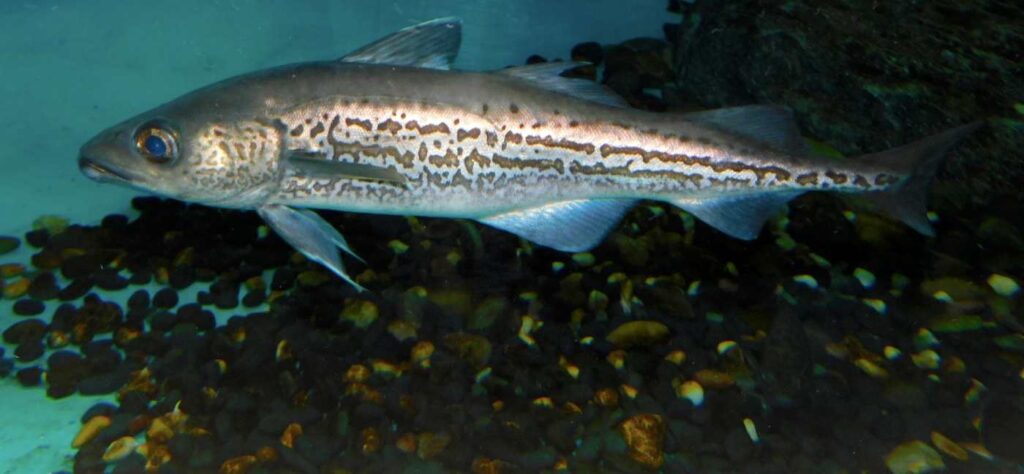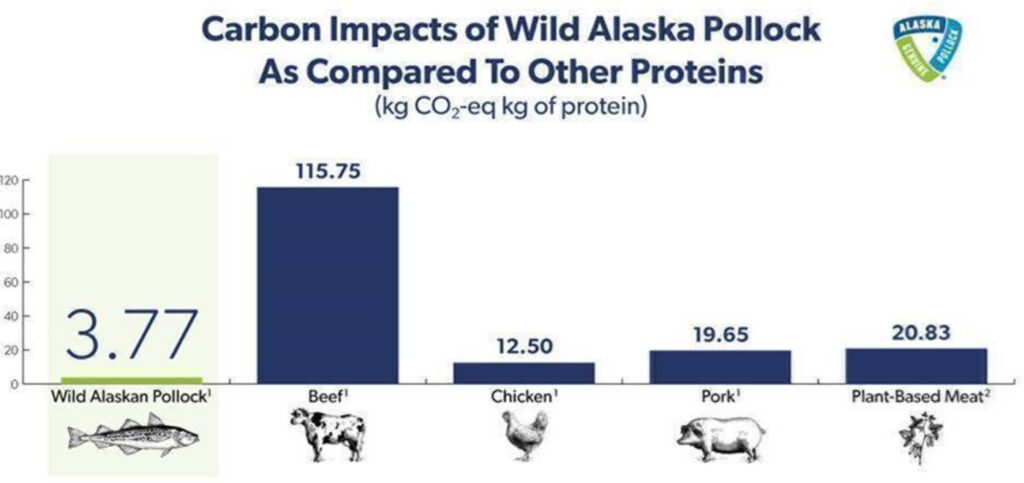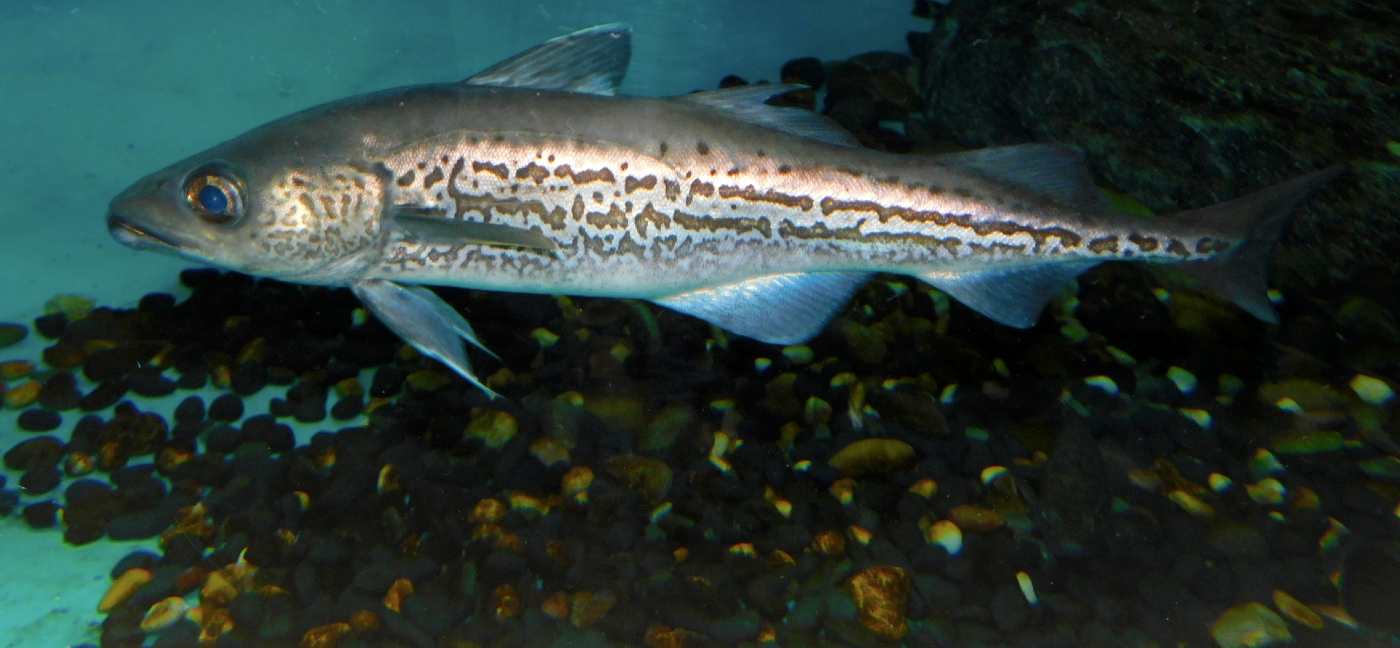
Off the pristine waters of Alaska, there is a harvest of an almost magical fish that everyone loves, but that maybe doesn’t get the recognition it deserves.
For those who believe their dietary choices should account for the impact on climate, the choice is clear, and it isn’t fake meat, but rather Wild Alaskan pollock which has the lowest carbon footprint of any major protein source in the world.
The finding, based on a life-cycle assessment (LCA) by the leading sustainability consultancy firm Quantis, is staggering, because when we say major, we mean major.
Wild Alaskan pollock is the world’s largest sustainable wild-caught fishery, and the Association of Genuine Alaskan Pollock Producers (GAPP) produce more wild caught fish for consumption than any other single fishery in the world at 3.3 billion pounds per year.
It is the most consumed whitefish in Europe, and the third most consumed fish in the U.S.
Staggeringly, pollock from Alaska provides for the entire world’s supply of McDonald’s filet-of-fish sandwiches, as well as the bulk supply of beloved European processed fish products like fish fingers in England, schlemmer-filets in Germany, and kibling in the Netherlands.
Furthermore, pollock is the number-one source for surimi, or imitation crab, in Asia and most of the world’s sushi and hotpot restaurants, having cornered the market for products like kamabuko—fish balls for traditional Chinese hotpot—and the California roll.
Astonishingly all this supply and demand, all 3.3 billion pounds of it, can be achieved annually with 15% of the total stock of fish.
“It schools in volumes that are really unmatched in the world, in any other ocean,” says GAPP CEO Craig Morris. “It schools in what we call very clean biomass. There’s very little bycatch—far less than 1% of what we catch is not what we’re fishing for.”
“It’s a fishery that learned from the challenges some of the other fisheries around the world faced. When we started fishing for Alaska pollock 40 years ago, we had to be more efficient than other fisheries because [it] doesn’t school off major population centers.”
A dedicated breed

For GAPP, their control over this magnificent fish comes with pride, and the sense of responsibility normally reserved for National Park Rangers.
MORE: U.S. Suspends Oil and Gas Leases in One of Nation’s Largest Wilderness Areas
“We look at this as a fishery that we want to hand down to the generations to come,” said Bob Desutel who sits on the board of directors for GAPP. “We’re quite proud of what we’ve done here, and validated it here with this life-cycle assessment.”
The Quantis LCA, which took account of every measurable speck of energy used to produce a frozen piece of pollock, found that all the aforementioned staples can be provided to the world for around 3.7 kg of CO2 or equivalents per kg of pollock, which is substantially-less than any terrestrial protein source, less even than eggs, and one-fifth of the CO2 produced from making the Impossible Burger or other fake meats.
Propulsion is the primary driver of carbon in the fishery, Bob admitted to GNN, but the wild-caught element means that no carbon is produced to create food as would be the case in traditional aquaculture.
Furthermore, their substantial reliance on Alaskans for the post-catch segment of the supply chain means that very little carbon is generated through transportation or shipping jobs over seas.
Indeed a report demonstrated that over 26,000 Alaskans are employed in the seafood industry, with an average of one-third of all work, both catching and processing, done on pollock.
CHECK OUT: Watch Humpback Whales Herd Salmon With Their Fins in Never-Before-Filmed Feeding Behavior
“In Alaska, all that really leaves are boneless fillets, boneless surimi and we turn basically everything else into fishmeal and oil,” said Morris. “And those two are processed in Alaska, so basically there’s zero waste. Every pound that leaves Alaska is in a useable form.”
For generations to come
“My family comes from Massachusetts and they lived off of what everyone thought was the inexhaustible Atlantic cod resource, and they did not have the coordinated approach that we enjoy in Alaska,” said Morris. “The oceans are something that need a science-based approach to ensure that populations remain at stable levels for generations to come.”
And GAPP helps achieve this goal year in year out with the help of the Alaska Fisheries Council, the Dep. of Commerce, and the National Oceanic and Atmospheric Administration, to ensure the health of the fish stocks continue, and that only adult fish are the ones being targeted.
In order to further reduce emissions, GAPP and the agencies above use solar-powered sailing drones equipped with sonar that crisscross the waters for as long as it takes until every inch of habitat is surveyed, and the number of fish schooling at about 500-1000 grams weight are counted, thereby setting the catch for the coming year.
READ: The US Halts Old-Growth Timber Sales in World’s Largest Remaining Temperate Rainforest
“For those concerned about the impacts their dietary choices have on climate change, there is a protein that’s right there in front of you, that’s really unmatched in its carbon store,” says Morris.
“We wanted to make sure since we’re the largest sustainable wild-caught fishery in the world that our partners looking to make sustainability commitments, it doesn’t matter if that’s an Aldi, a Costco, or a Walmart, we wanted them to know that by marketing our product they’re doing a lot for the environment.”
SWIM This Fascinating Story Over to Friends on Social Media…





















Wonderful story! Thank you for sharing.
The author addresses this problem. The bycatch on pollock is way less than 1%, so the amount of salmon caught would be very small. The threat posed by pollock fishermen to salmon is almost non-existent.